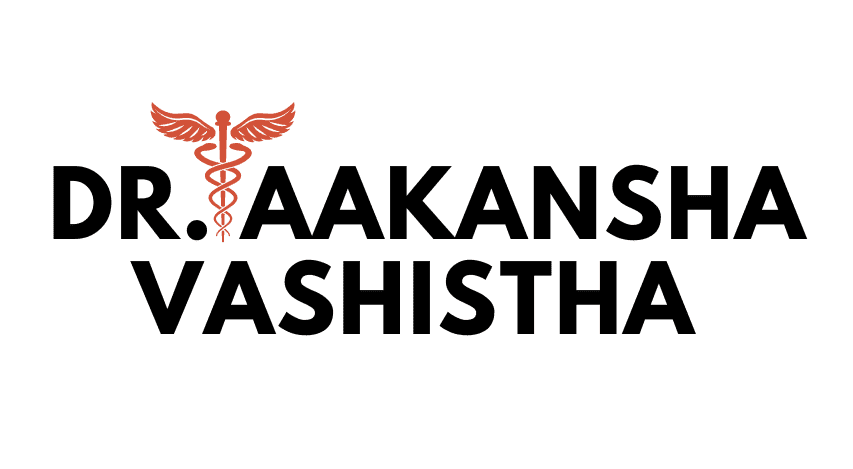- +91-856 184 0164
- connect@draakanshavashistha.com
- Jaipur (RAJ) INDIA
CONTACT US
- +91-856 184 0164
- Jaipur (RAJ) INDIA
- connect@draakanshavashistha.com

Aesthetic Surgery | Cosmetic Surgery | Plastic Surgery | Reconstructive Surgery
PROCEDURE : SURGICAL
What is Maxillofacial Trauma?
- Definition:
- Maxillofacial trauma refers to injuries affecting the facial region, including the bones, soft tissues, and skin of the face.
- It encompasses fractures, lacerations, and other forms of trauma resulting from various causes.
What are the Common Causes of Maxillofacial Trauma?
- Motor Vehicle Accidents:
- High-velocity impacts, particularly in accidents involving motorcycles or bicycles.
- Sports-Related Injuries:
- Contact sports like football, boxing, or hockey, where collisions can lead to facial injuries.
- Work-Related Incidents:
- Injuries from falling objects or machinery mishaps in high-risk occupations like construction.
- Assaults:
- Physical altercations leading to blunt force trauma to the face.
- Falls:
- Accidental falls, especially among older individuals with more fragile bones.
- Animal Attacks:
- Injuries resulting from attacks by larger dogs or wild animals.
What are the Signs and Symptoms of Maxillofacial Trauma?
- Facial Swelling or Bruising:
- Initial swelling or bruising that indicates underlying bone damage.
- Malocclusion:
- Difficulty aligning teeth or closing the mouth properly due to a displaced jaw or fractured teeth.
- Difficulty Breathing or Speaking:
- Obstructed airways or nasal passages, leading to breathing challenges and speech difficulties.
- Bleeding:
- Profuse bleeding from the nose or mouth, indicating deeper tissue damage.
- Vision Changes:
- Blurred or double vision due to trauma near the eye region.
- Numbness or Tingling:
- Lack of sensation or tingling in specific areas of the face, suggesting nerve damage.
- Open Wounds or Lacerations:
- Visible cuts that may also indicate potential internal injuries.


Before

After
How is Maxillofacial Trauma Diagnosed?
- Initial Overview:
- Visual assessment to identify obvious deformities, swelling, and lacerations.
- Palpation:
- Gentle touching of facial bones to detect tenderness, fractures, or displacements.
- Occlusion Check:
- Evaluating how the upper and lower teeth meet to identify jaw or dental injuries.
- Sensory Evaluation:
- Checking for numbness or altered sensations to assess nerve function.
- Range of Motion:
- Assessing jaw movement to detect muscle or joint dysfunction.
- Visual and Auditory Checks:
- Ensuring eyesight and hearing are unaffected by the trauma.
What are the Treatment Options for Maxillofacial Trauma?
- Initial Stabilization:
- Addressing immediate threats to breathing, vision, or other vital functions.
- Radiographic Evaluation:
- Using X-rays or CT scans to assess the extent and location of fractures.
- Surgical Intervention:
- Restoration of Functionality:
- Realigning fractured bones and repairing damaged tissues to restore chewing, speaking, or breathing functions.
- Aesthetic Repair:
- Minimizing scars and restoring facial symmetry.
- Complex Fracture Management:
- Using plates and screws for internal fixation of fractures.
- Soft Tissue Repair:
- Treating lacerations, intraoral injuries, and facial nerve damage.
- Restoration of Functionality:
- Non-Surgical Management:
- Immobilization:
- Using special appliances to stabilize minor fractures.
- Medication:
- Managing pain, swelling, and promoting healing with prescribed drugs.
- Immobilization:

What is the Recovery Process After Maxillofacial Surgery?
- Post-Operative Care:
- Following the surgeon’s instructions regarding diet and activity to ensure proper healing.
- Managing Swelling and Numbness:
- Using cool compresses and keeping the head elevated to reduce swelling.
- Understanding that numbness in the lower lip may take weeks or months to resolve.
- Continued Orthodontic Care:
- Continuing with braces or rubber band therapy to maintain proper jaw alignment.
What are the Potential Complications of Maxillofacial Surgery?
- Infection:
- Risk of infection at the surgical site if not properly managed.
- Nerve Damage:
- Possible permanent numbness or tingling in the cheeks or lips.
- Improper Healing:
- Risk of bones not healing correctly, requiring additional surgery.
- Jaw Joint Problems:
- Potential for temporomandibular joint (TMJ) disorders post-surgery.
- Relapse:
- Recurrence of the original jaw problem or need for further surgical intervention.
#MaxillofacialTrauma #JawSurgery #OrthognathicSurgery #FacialTrauma #BilateralSagittalSplitOsteotomy #BSSOSurgery #FacialInjuries #MaxillofacialSurgery #FacialFractures #JawAlignment #FacialReconstruction #OralSurgery #TMJDisorders #FrontalSinusFracture #TraumaCare #FacialSymmetry #MaxillofacialRecovery #MaxillofacialTreatment #OralAndMaxillofacial #FacialAesthetics #CraniofacialSurgery #AdvancedTraumaCare #FacialNerveRepair #MaxillofacialSurgeon #FractureManagement #FacialRehabilitation #OralMaxillofacialSurgery #FacialInjuryRecovery #MaxillofacialHealth #FacialBoneFracture

